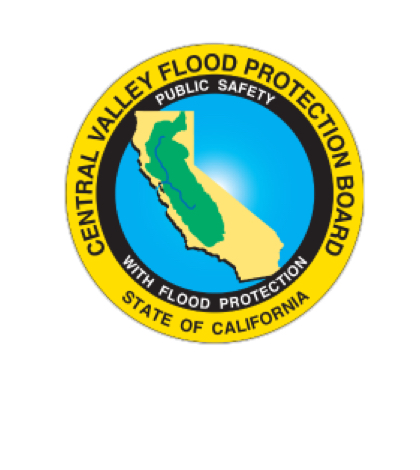The updated 2017 Central Valley Flood Protection Plan (CVFPP) was adopted this week to improve flood control risk management throughout California’s Central Valley including the Sacramento and San Joaquin River basins. Developed in partnership with the Department of Water Resources (DWR), the Central Valley Flood Protection Board (Board) updated the plan with the latest information and science along with statewide system recommendations to improve public safety, ecosystem conditions, and economic sustainability.
“California cannot afford to ignore our aging flood management systems. While we have made significant investments over the years, we need to push the limits to ensure a resilient and sustainable flood system,” said DWR Director Grant Davis. “This comprehensive plan will have a lasting impact on the entire state and is a result of a strong partnership between state agencies and the stakeholder community.”
The Central Valley Flood Protection Act of 2008, also known as Senate Bill 5, requires DWR and the Board to update the CVFPP every five years in order to address new information about flood management needs, advancements in the best available science and new policy considerations. The CVFPP 2017 update underscores the importance of investing in long-term, multi-benefit actions to improve flood risk management as well as modernizing operations and maintenance practices, improving ecosystem functions and strengthening institutional support for flood management. The plan calls for an investment of $17 to $21 billion over the next 30 years for the Central Valley flood system.
California has invested billions of dollars in voter-approved bonds in flood management and programs to plan and prepare for the impacts of extreme weather driven by climate change. With DWR’s leadership the agency has spent or committed to spending $4.4 billion, underwritten by federal and local resources, to fund more than 100 projects under the Yuba-Feather Flood Protection Program Local Levee Assistance Program, the Flood Corridor Program and Flood Control Subvention Programs. Floodplains have been expanded in key areas to accommodate flood waters and flood protection has been enhanced along major interstates, freeways and hundreds of miles of the Sacramento-San Joaquin River Delta. Over 250 miles of levees have also been evaluated and improved, reducing flood risk for more than 500,000 Californians.
The development of the CVFPP’s 2017 update was a cooperative effort involving engineers, scientific and planning experts; counterparts in state, local and federal agencies; and, a network of stakeholders including residents, businesses owners, and government officials. The next update to the CVFPP plan will occur in 2022.
 California Water News Daily Your Source For Water News in California
California Water News Daily Your Source For Water News in California


